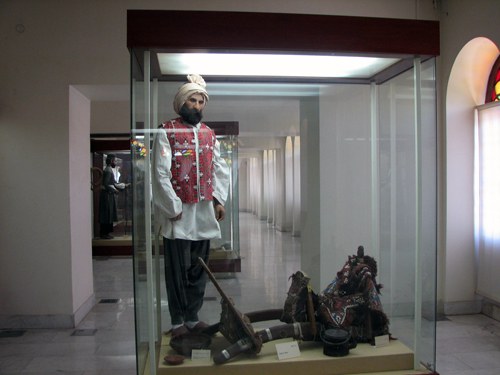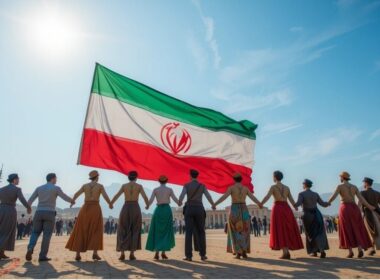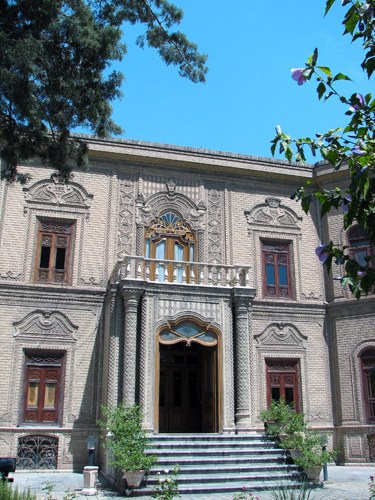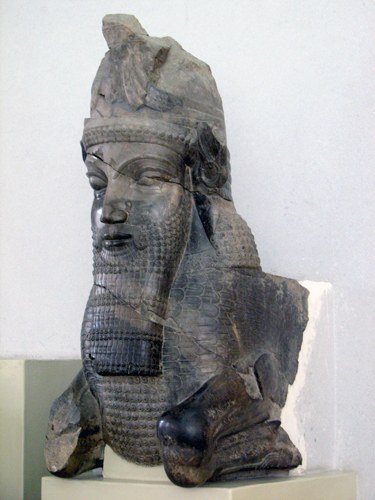
The building of Tehran’s museum of anthropology in Golestan palace is situated at the heart of Iran’s capital city. Golestan means flower garden. The building came to be known as a white palace because of its white stucco carvings on the facade executed in Europe’s 18th-century style. Marble stairways and plinths are also in white.
The building was built during the Qajar dynasty and used for administration purposes by the times’ chancellor and prime minister. Before and after that it was dedicated to the objects presented by the Ottoman Sultans, temporary exhibitions, and the head office of museums.
Since 1968, ethnological museum objects were transferred to this building. The first floor of the museum houses the administrative section, a library, and an exhibition hall. The second floor is also used to display museum objects.
In fact, the overwhelmingly comprehensive sets of objects of Tehran’s Museum of Anthropology represent the traditional life and the atmosphere that prevailed in different stages of history in Iran. Some of the objects can be found in today’s real-life situations, but it is a privilege to be familiar with such a wide range of objects at a time in one building.
Here is a brief explanation of what can be visited in this museum:
The First Floor of Tehran’s Museum of Anthropology
In various showcases, one can see: women in rural areas, stone-made objects used in everyday life, tiles, inlaid wooden works, metal-made locks, glassware, block printed textile, marriage documents, stationery, oil lamps, dervishes’ belongings, traditional music instruments, marriage napery, makeup tools, various traditional smoking stuff, traditional coffee shops, old sash doors, etc.
The Second Floor of Tehran’s Museum of Anthropology
The objects displayed on the second floor of the museum of anthropology are paintings showing life situations, horse riding stuff, weaponry, footwear, etc.
Ashoora hall is a hall for displaying the traditional religious ceremonies on oil paintings together with symbols, nakhl, kotal and other local objects used in the ceremonies.
There are also various traditional life situations visualized by dolls, tents, animals, household appliances, gyms, etc in a separate room. In another section, textiles made by hand by different techniques are exhibited. Besides, local dressings and costumes of all corners of Iran are displayed.
The local costumes of Iranians are worn by real-life size wax statues. These statues are well-designed and made to show the ethnic differences among the people from various parts of Iran. Also, you can see a few showcases in which small statues, in sizes of dolls, have worn such costumes displaying people of different guilds.
Bakery, cloth weaving loom, etc are also exhibited in the same section.
Make Sure You Visit This Museum
You may see several museums of this type in Iran during your journey, but this is a unique one that we highly recommend. If you are traveling on your own or on a guided tour of Iran, make sure it’s on your list of places to visit.
The objects in this museum will make you familiar with the lifestyle of Iranians up until new technologies entered Iran in early 20th century. The living situations and cultural foundations for such a lifestyle are all amazing details that you have to see here to learn more about the background of today’s life in Iran.













